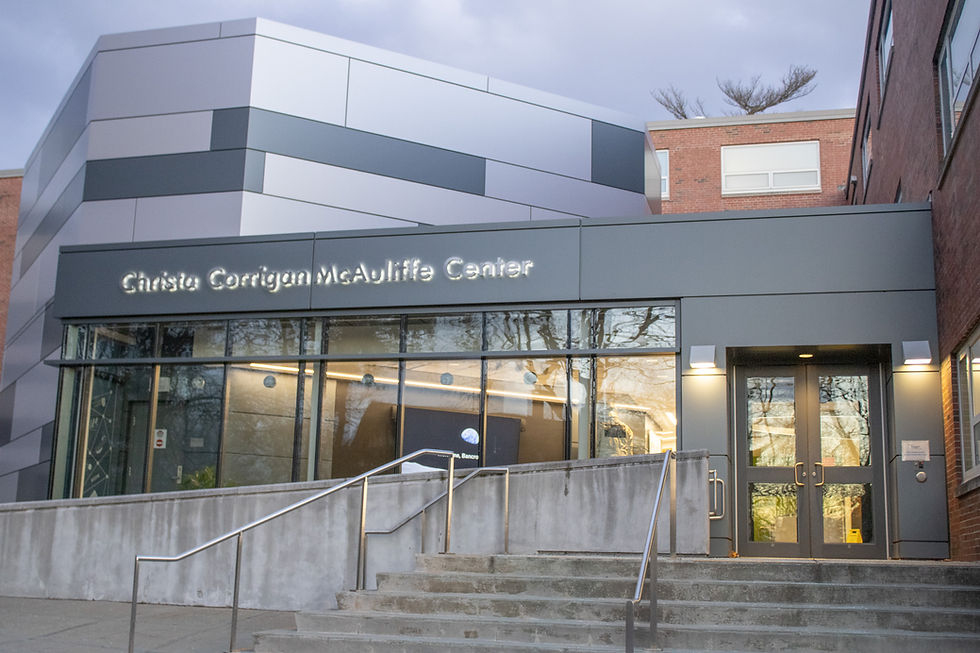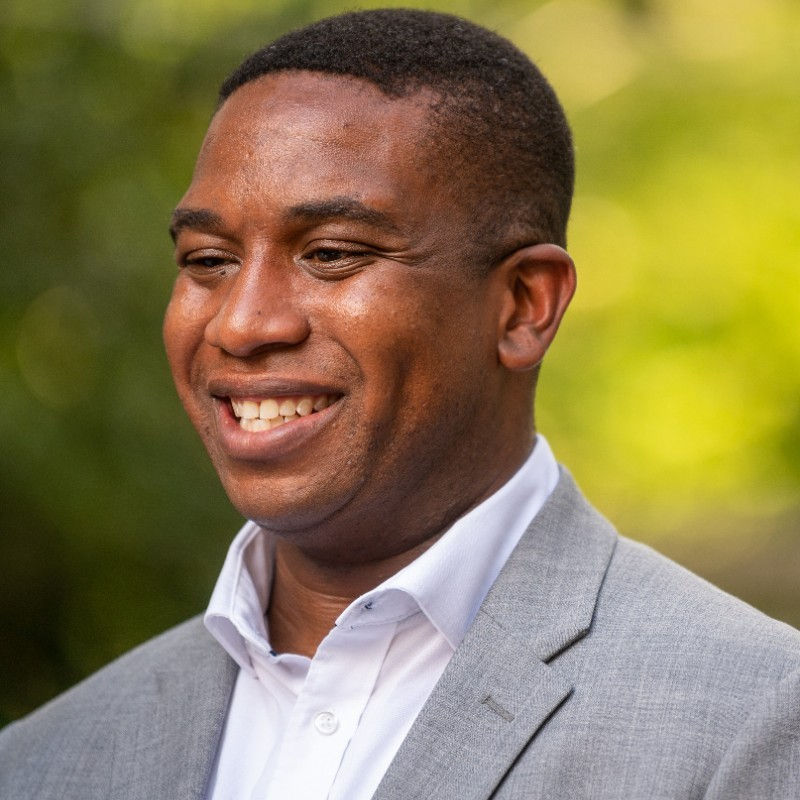FSU to undertake nine strategic planning goals over the next five years
- Kayllan Olicio
- May 4, 2017
- 7 min read
By Kayllan Olicio
The strategic planning committee discussed its draft goals and how they plan to meet them at an open forum on Thursday, April 20.
Steering committee co-chairs Rita Colucci, chief of staff and general counsel, and Judith Otto, associate professor of geography, addressed the University’s nine goals for the next five years.
According to Colucci, the Department of Higher Education (DHE) has certain priorities they want the University to address in the strategic plan.
She said the priorities “have to do with getting students here and enrolled. Getting them to stay. Getting them to actually complete and graduate, aligning with workforce needs and closing the achievement gap.”
She added the DHE will be reviewing the plan in the fall.
Colucci said the tasks stated in the draft goals aren’t specific “and that’s going to be our job – to figure out the tactics. How are we going to do those strategies? How are we going to achieve them?”
She added the strategic plan isn’t finalized, but once it is, faculty and sta? will be more involved with it.
“You will recognize it as the University’s plan and then within your own department you are going to create tactics that will help you carry out the strategies,” Colucci said.
The first goal is to provide a high-quality, highly relevant education rooted in the arts and sciences that is transformative, distinctive and responsive to evolving student, workforce and societal needs.
Colucci said, “We are really trying to wrap our minds around that concept and what that can mean for students. ... That’s an element we think is really key in this plan.”
One of the primary strategies, according to Colucci, is to establish a unifying and distinguishing educational experience that defines what it means to be an FSU student.
Richard Allen, history professor, said he is a “little concerned about what could be construed as sort of the passive tone.”
He added, “There is a growing demand for institutions that consciously commit themselves to vibrant, vigorous and large programs. Yes, we do have to take into consideration workforce demands and that brings back the question of, ‘Are we just here to be a sort of vo-tech school? Or are we more than that?’ I think the key strategy is to ensure the students get the needed courses and can graduate on time.
“There is no sense in us talking about presenting a high-quality education if students have to take more [classes] than the norm. I think we are all familiar with the problems our students have to confront, but we certainly can make that process easier by ensuring that they do get the relevant courses they need,” Allen said.
He said, “You need to ensure that people will have access to needed academic resources.”
Jill Gardosik, internship coordinator for Career Services and Employer Relations, said she hears feedback from employers about how excellent content creation and coverage of content are taught in FSU classrooms.
She added the students need to get “that soft-skilled piece. Are they being held to task in class with meeting deadlines, reviewing and revising and editing work? The content is there. The students have a lot of the content. It’s the translation of bringing and developing the soft skills in terms of workplace preparation.”
The second goal addresses preparing students to be ethical and engaged citizens committed to public purpose, inspired to serve and eager to play leadership roles in their communities and workplaces.
Otto said, “The idea stemmed from thinking about our students as future global citizens and how do we get them there?”
A key strategy under the second goal is to expand student involvement in leadership opportunities, both inside and outside the classroom, according to Colucci.
She added the goal is about embedding disciplinary ethics in programs across the curriculum.
Colucci said the committee “talked about ‘Live to the Truth’ and the use of the University’s motto.”
She added, “I was told that years ago, you would hear the motto more frequently. It was much more a part of everyday life at the University and we’ve fallen away from that. So, there was an interest in bring that back and making it a part of the student experience here at school.”
Joseph Adelman, history professor, said, “It seems to me both subtle yet important to remember that the classroom matters for civic engagement, too. ... It’s important to remember that what we are doing as a whole institution in sending students out – it’s not just sending them out to do good in the world, but sending them out to do good in the world in connection with the work they are doing on campus and in the classroom.”
Goal three addresses the University providing students with an individualized student service and support system that promotes educational, personal and career achievement, according to Colucci.
She said the strategies used for the third goal include putting in place an intentional measuring system for students – resource and integrated support services to foster student success and well-being.
“We know that students need more help these days and more support. So, this plan recognizes that,” she added.
Allen said, “One of the things I’m missing here is the notion of student responsibility.”
He added, “It’s more than just the question of student success and well-being. We are talking about the notion of responsibility, and you can be with filled with well-being and be irresponsible as hell.”
“The question is, ‘Are we in our own way, consciously or unconsciously, actually reinforcing this notion that they are not young adults?’” he said.
Colucci said the goal also addresses policies and practices in which students aren’t treated like adults.
She added, “So, I think we need to recognize that. We are going to have the quote adult expectation of the students in regards to taking the responsibility for their education. We need to look at some of the other ways we treat students here.”
Goal four addresses FSU becoming a “vibrant and inclusive living-learning community that attracts and retains students, staff and faculty who embrace the University’s core values and will enrich campus life with their presence and engagement,” according to Colucci.
She added, “There’s a lot of discussion about the ... transportation options. So, one of the things we recognized was that we can’t expect our students to be out there even in the Framingham community if we don’t give them the means to get there. In this plan, we talk a lot about experiential learning, about service learning and internships. All that stuff to get them into the world, but we are not really providing a practical way or means of them to get there.”
LaDonna Bridges, associate dean of academic success and director of CASA said, “We can’t talk about ways to engage students’ involvement on campus and mentoring in the community and not know how to get them to those mentoring opportunities. So, I love that that is in there.”
The fifth goal addresses “fostering a climate and providing necessary tools and support to ensure that every member of the campus community has the opportunity to thrive and succeed,” according to Colucci.
She added a key strategy of the goal is to promote a University-wide culture of “service excellence and spirit of collaboration.”
She added, “That means when you call another office and you ask them for something, they are going to do it. Not because you demanded it, but because we are colleagues and we help each other out. There was a feeling when we were working on this plan that we don’t have a persistent culture of, ‘Yes’ here and that needs to be addressed.”
Goal six addressed the University providing the “physical, technological and administrative
infrastructure necessary to create a work environment that promotes excellence, encourages
innovation, facilitates collaboration and supports achievement of strategic goals,” said Colucci.
According to Colucci, a key strategy is to ensure classroom, laboratory, study, work and gathering “spaces are functionally adequate and conducive to a positive experience by faculty, staff and both residential and commuter students.”
She added, “I think we have beautiful buildings here, but what do the insides of the classrooms look like and do they need to be updated?
“Do we use our current spaces as smartly as we can use them? Or do we not make them available as much as they can be available?” she said.
The seventh goal addresses establishing a public identity that reflects FSU’s academic strengths, co-curricular activities and contributions to the surrounding community.
Colucci said, “This is about our message out there – our marketing. Do people know what we have here?”
Goal eight addresses FSU “playing a critical and catalytic role as a partner in the MetroWest region’s economic, social and cultural development,” said Colucci.
She added it is not just about marketing the school to the community but also about making the school accessible to the community.
She said, “We like to be seen as a cultural center. There is so much that goes on here – so many speakers. so many great lectures, and yet the community is not coming in. And it’s all free. So, is it a transpiration issue? Is it a parking issue? Is it that they don’t know what is going on? Is it that they don’t feel welcome? Is it that they don’t like the hills?”
The ninth goal addresses establishing a financial resources model to promote stability, sustainability and affordability over the long-term, Colucci said.
She added a key strategy of the goal is to improve student retention to maximize enrollment-related revenue.
“That helps us with that bottom-line budget item at the end of the day. The more students we retain who are going to pay their tuition, the better off the checkbook looks,” she said.
She added the goal encompasses preparing for and “launching a comprehensive fundraising campaign to increase private support of the University and allow for an increase in University-funded financial aid.”
She said the last fundraising campaign reached its goal of $12,000,000 a year early.
Colucci added, “We are trying to distinguish ourselves with this strategic plan, like every school does. What is it about FSU that is different, that’s going to appeal to students and parents?”





